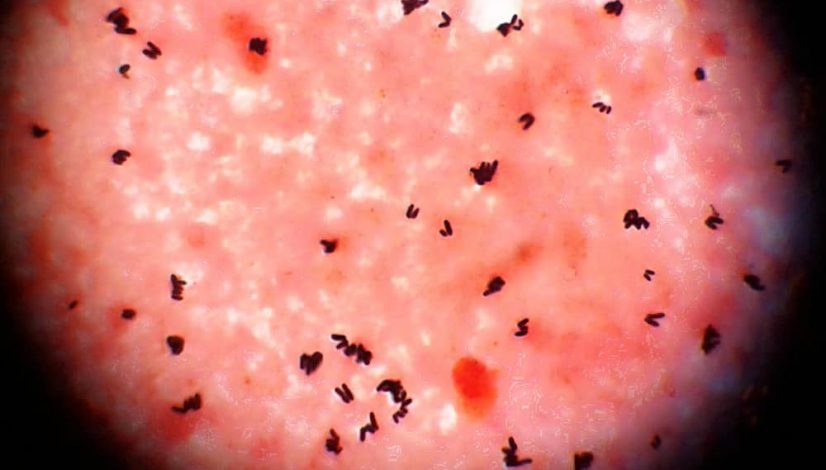5 Ways Your Weed Could Be Contaminated
Unless you’re purchasing your cannabis in a legal state with strict lab testing requirements, there is a chance your weed could be contaminated. It is worth noting, however, that the cannabis sold in dispensaries may just have been lab tested for cannabinoid and terpene content and not contaminants. So just because a product in a dispensary has a lab testing label on it doesn’t mean it is completely safe. It’s important to read the label to see if the product was tested for safety and not just potency. Contamination can happen while growing, harvesting, handling, extracting, or storing cannabis. Some contaminations like mold or mildew can be spotted but many others require a chemical analysis.
Bacteria
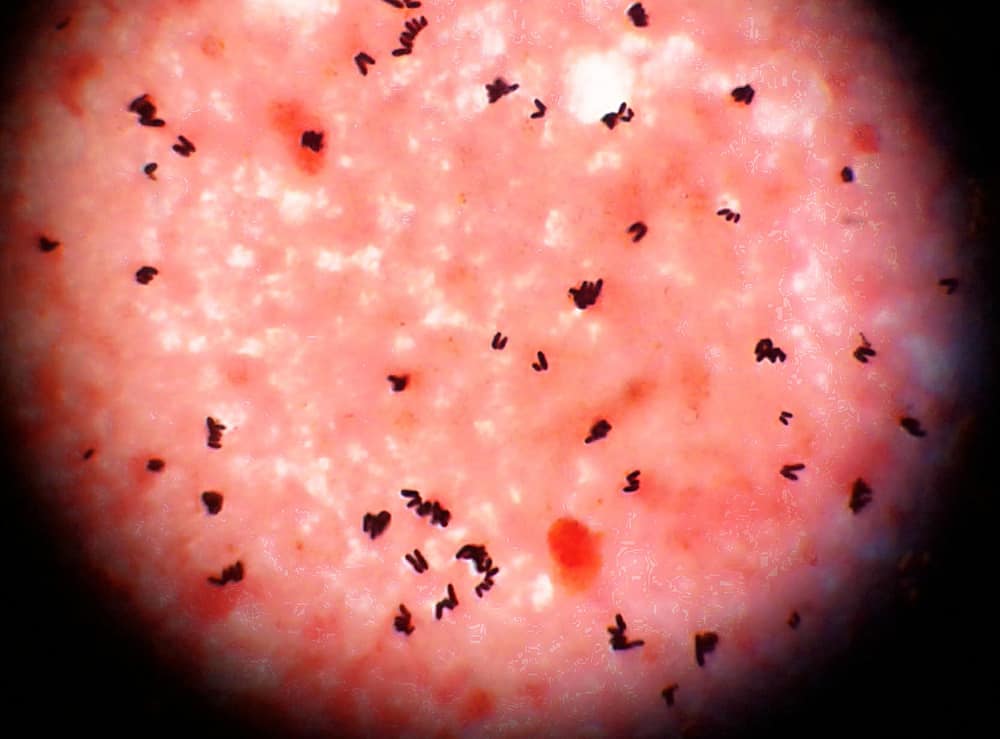
Iqbal Osman/Flickr
There are a number of potential microbial contaminants that can be found in cannabis. Bacteria considered harmful to human health has been isolated from cannabis samples on numerous occasions.
A 1982 study published in the New England Journal of Medicine found Salmonella Muenchen in samples obtained from the homes of American cannabis consumers. Another study from the same year isolated group D Streptococcus and Klebsiella pneumoniae from cannabis provided by the National Institute on Drug Abuse (NIDA). Klebsiella pneumoniae can progress into pneumonia, wound infections, urinary tract infections, and meningitis.
A more recent study published in the Clinical Microbiology and Infection journal took samples from various dispensaries in Northern California and found “numerous gram-negative bacilli” contaminating medical marijuana citing E. coli among other harmful bacteria. The only way to guarantee there are no harmful bacteria in your weed is to have microbial testing done.
Fungus

phatman/Flickr
The same study from Clinical Microbiology and Infection found Aspergillus fumigatus, Cryptococcus laurentii and Mucor circinelloides on dispensary-bought cannabis. The study authors noted that each of these fungi is “well-known causes of invasive fungal infections in immunocompromised hosts.”
Powdery mildew, mildew, and grey mold are all common fungi that can contaminate cannabis plants. You should be able to see them. If there is any unnatural white powder of fuzz on your nugs it could be a sign of fungal infection. Anything with visible mold on it should not be consumed for your own safety.
Fungi will thrive at certain temperatures and humidity levels. There should be a thermometer and hygrometer in every grow room. Consumers concerned about getting a fungal infection from their weed should look for products that pass microbial testing.
Pesticides
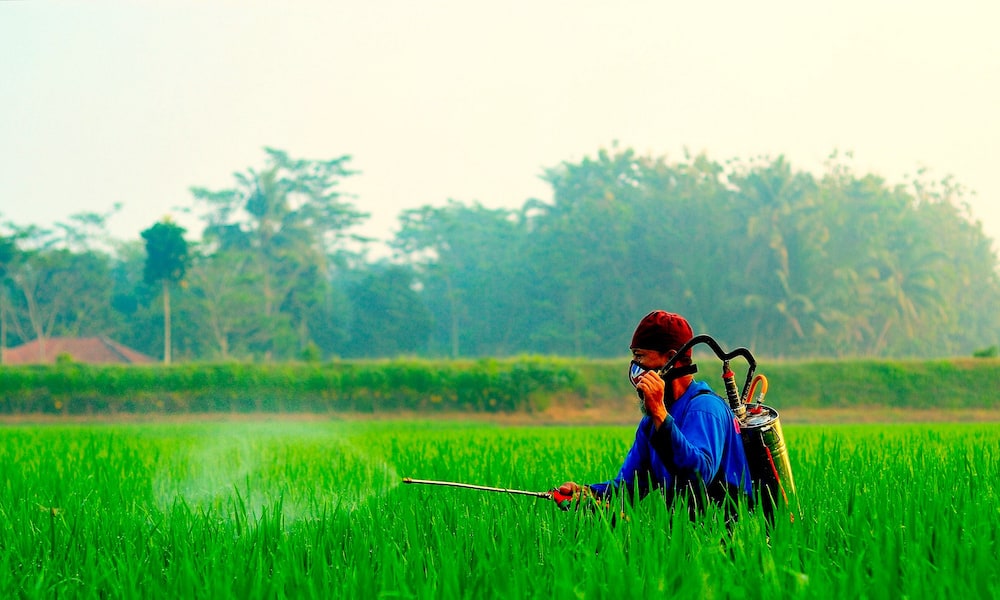
Dian Rusdiana/ Flickr
Pesticides are another common contaminant plaguing unregulated cannabis markets. Growers fear losing their crops to insects so they apply pesticides on flowering plants to protect them. Certain pesticides will still be present in the cured flower and concentrated in extracts. Breathing in pesticide particles can be harmful to the nose, throat, and lung tissue if enough is inhaled.
Mass spectrometers are used to test for harmful pesticides like myclobutanil, imidacloprid, spiromesifen, etoxazole, and others.
Residual Solvents
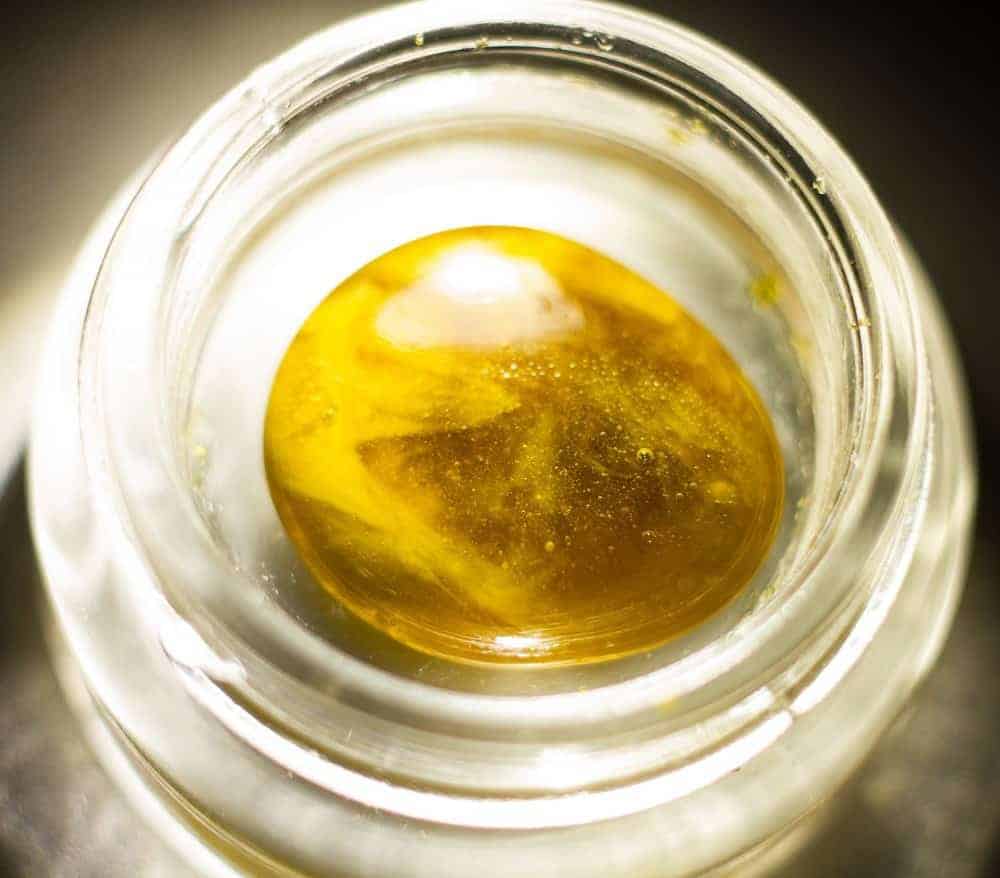
Andres Rodriguez/Flickr
When a cannabis plant is used for essential oils, there are solvents and machines from the extraction process that can leave behind unwanted residuals. Concentrates that still contain high levels of residual solvents are considered contaminated. The exact level of solvent allowed varies by state.
Anyone purchasing cannabis extracts may want to look into the level of residual solvents. At high levels, they can be dangerous. Furthermore, the solvents pumped through cannabis to extract oils aren’t the only chemical to be concerned with. Other chemicals that aren’t a part of the extraction process are sometimes found in the final product, including chemicals from cleaning the extraction equipment.
Physical Contamination
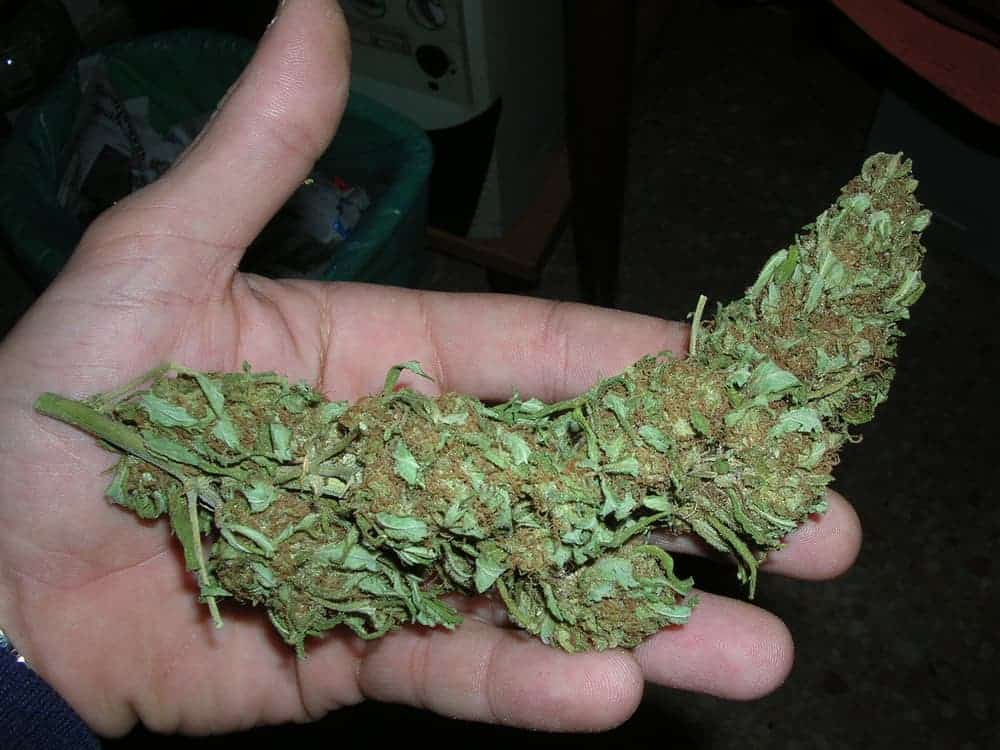
rObz/Flickr
On top of the various contaminations that can happen during the growing or extraction process, your weed could be contaminated by the people handling it. In states without legalized marijuana, consumers are at the mercy of their dealer. If the dealer is looking to increase profits, they might introduce potentially harmful contaminants to increase the weight or aesthetic appeal of their supply.
It is important to know exactly what you’re smoking. While cannabis itself is harmless, there are contaminants that aren’t. Some contaminants become even more dangerous when combusted. Until the recent changes to California laws, no product had required testing for harmful pesticides, chemicals, or dangerous fungi. If your state doesn’t require testing for harmful pesticides, chemicals, and fungi you’ll only have to hope the place you acquire your cannabis from takes the necessary safety precautions when handling the plant.
The post 5 Ways Your Weed Could Be Contaminated appeared first on High Times.

